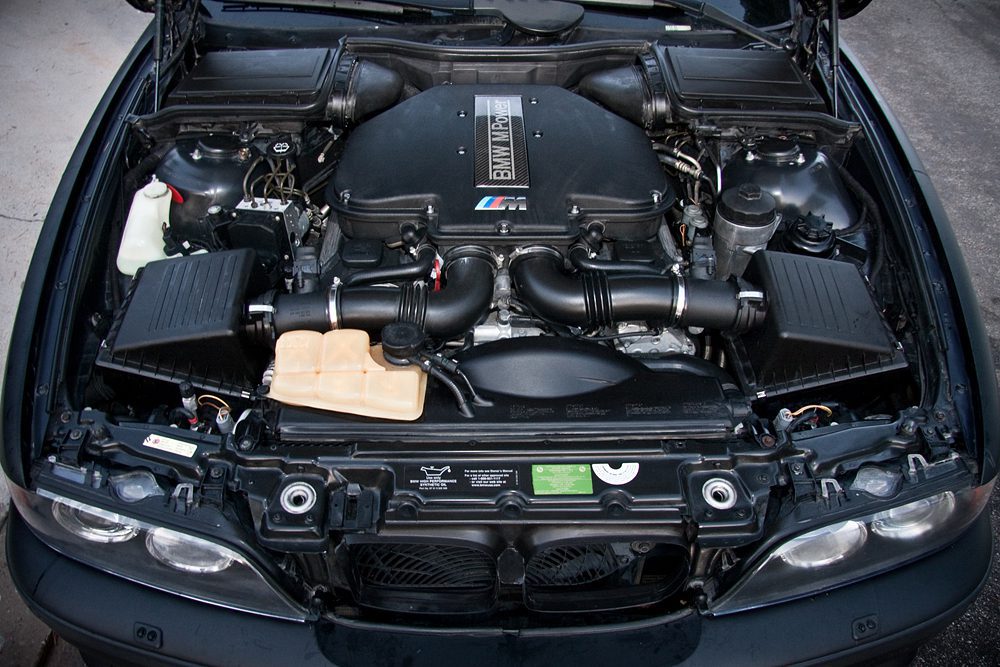Opel Corsa Engine: Efficiency and Reliability for Your Car
Exploring the Inner Operation of a Compact Car's Engine System
As motorists, we typically consider granted the intricate procedures that occur within the confines of our automobile's engine system. The portable yet complicated machinery that moves us forward is a marvel of design precision and control. From the controlled surges in the combustion chamber to the meticulous timing of gas injection, every component plays a critical duty in the smooth operation of the engine. In this exploration of a compact lorry's engine system, we will certainly unwind the inner functions of this mechanical harmony, losing light on the mysteries that drive us forward on our daily journeys.
Burning Refine Summary
The burning process in a small vehicle's engine system is a critical mechanism that effectively transforms fuel right into energy to power the car. This procedure happens within the burning chamber of the engine, where gas and air mix, spark, and produce regulated surges. The burning procedure includes four main stages: intake, power, compression, and exhaust.
Throughout the intake stage, the piston relocates downward, attracting in a blend of air and fuel into the combustion chamber. The next phase, compression, entails the piston relocating upwards, compressing the air-fuel mix to boost its potency. Consequently, in the power stage, the trigger plug stirs up the pressed combination, leading to a quick expansion of gases that requires the piston back down. This downward activity produces the power required to drive the lorry. In the exhaust stage, the burnt gases are eliminated from the burning chamber through the exhaust valve, preparing the chamber for the next cycle. This cyclic burning procedure is essential to the operation of a small lorry's engine system, ensuring effective power conversion for propulsion.
Piston and Cylinder Interaction

The piston's precise fit within the cylinder is vital for preserving optimal compression and preventing power loss during combustion. Limited clearances between the piston and cylinder walls ensure efficient sealing, enabling the piston to move efficiently without enabling gases to leakage past. Correct lubrication is additionally important to decrease friction and wear between these components, boosting long life and efficiency.
Furthermore, the design and products used in producing the piston and cyndrical tube impact engine efficiency and longevity. Modern engines typically employ light-weight yet sturdy materials like aluminum alloys for pistons and cylinder linings to minimize inertia and enhance thermal performance. Overall, the harmonious interaction between the piston and cyndrical tube is essential to the engine's capability and total efficiency.
Gas Shot System Capability
Gas injection systems in compact lorry engines play a crucial function in precisely delivering fuel to the combustion chamber for controlled and efficient ignition. The gas injection system functions by infusing gas right into the burning chamber at the optimal moment throughout the engine's procedure (opel corsa engine). This precise timing makes certain that the gas mixes evenly with i loved this the air for appropriate burning, resulting in improved gas efficiency and minimized exhausts
There are mainly 2 kinds of gas injection systems utilized in portable car engines: port fuel shot (PFI) and direct gas injection (DFI) PFI systems inject fuel into the consumption port prior to the intake shutoff, while DFI systems inject gas directly right into the combustion chamber. Both systems have their advantages, with DFI using better fuel atomization and PFI giving an extra economical option.
Comprehending Engine Cooling Mechanisms
Efficient operation of a portable lorry's engine depends greatly on the efficiency of its cooling devices. The air conditioning system in a small automobile normally consists of numerous components working with each other to manage the engine temperature browse around this site level. Comprehending these engine air conditioning mechanisms is crucial for maintaining the performance and durability of a portable automobile's engine system.

Exhaust System Components Explained
The optimum performance of a compact vehicle's engine air conditioning mechanisms depends upon a corresponding system referred to as the exhaust system, which makes up various necessary elements for ensuring efficient discharges and engine performance. browse this site The exhaust system includes elements such as the exhaust manifold, catalytic converter, muffler, and tailpipe. The exhaust manifold collects exhaust gases from the engine's courses and cylinders them to the catalytic converter. The catalytic converter then transforms unsafe pollutants in the exhaust into less dangerous discharges before launching them with the muffler and tailpipe.
One important part of the exhaust system is the oxygen sensing unit, which checks the oxygen levels in the exhaust gases to aid control gas usage and make certain optimum engine efficiency. opel corsa engine. Furthermore, the resonator might be existing in some exhaust systems to minimize noise levels. Overall, the exhaust system plays a crucial duty in keeping engine efficiency, reducing harmful discharges, and making sure a quieter driving experience for small vehicle owners

Verdict
In final thought, the compact automobile's engine system is a complicated mix of elements that collaborate to assist in the burning process, transform fuel into power, and remove waste gases. Recognizing the inner functions of the engine system, including the piston and cyndrical tube communication, fuel shot system, engine air conditioning devices, and exhaust system parts, is vital for keeping ideal performance and efficiency of the vehicle.
The combustion procedure in a compact vehicle's engine system is a crucial device that efficiently converts gas into energy to power the automobile.Gas shot systems in small car engines play an essential duty in exactly providing fuel to the burning chamber for reliable and controlled ignition.There are largely 2 kinds of gas injection systems made use of in small vehicle engines: port fuel injection (PFI) and direct fuel shot (DFI) Recognizing these engine cooling devices is essential for keeping the efficiency and durability of a small lorry's engine system.
The ideal functioning of a compact automobile's engine air conditioning devices depends on a corresponding system recognized as the exhaust system, which comprises different essential parts for guaranteeing reliable emissions and engine performance.